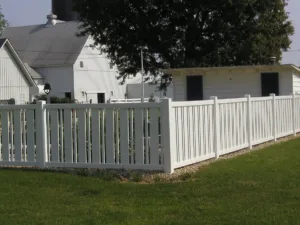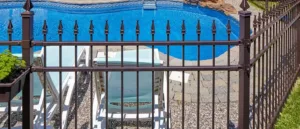
A Step-by-Step Guide: How to Install a Vinyl Fence like a Pro
Vinyl fences have become increasingly popular in recent years due to their durability, low maintenance, and aesthetic appeal. Whether you’re looking to enhance the privacy of your property or add a decorative touch to your garden, installing a vinyl fence is a great option. In this step-by-step guide, I will walk you through the process of installing a vinyl fence like a pro.







